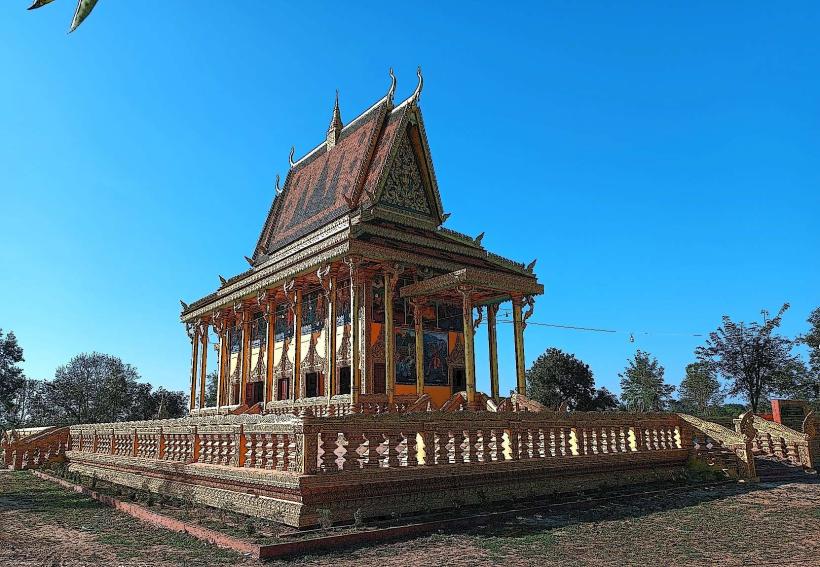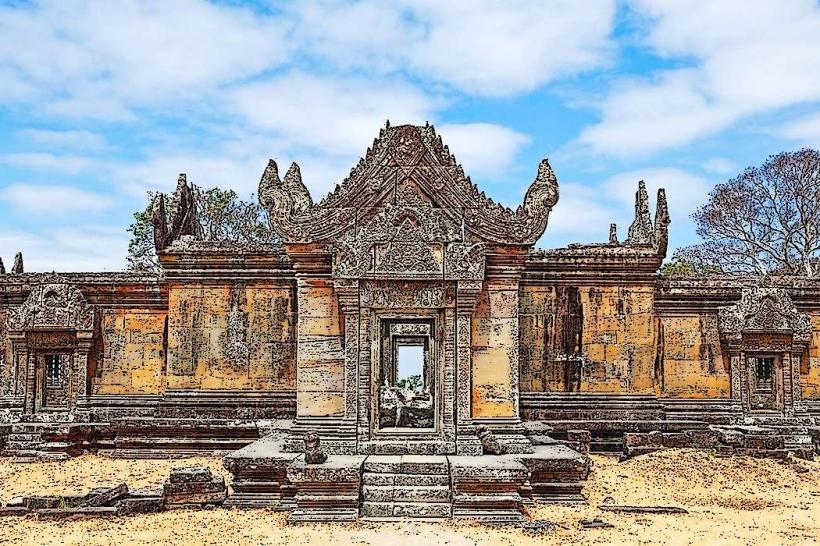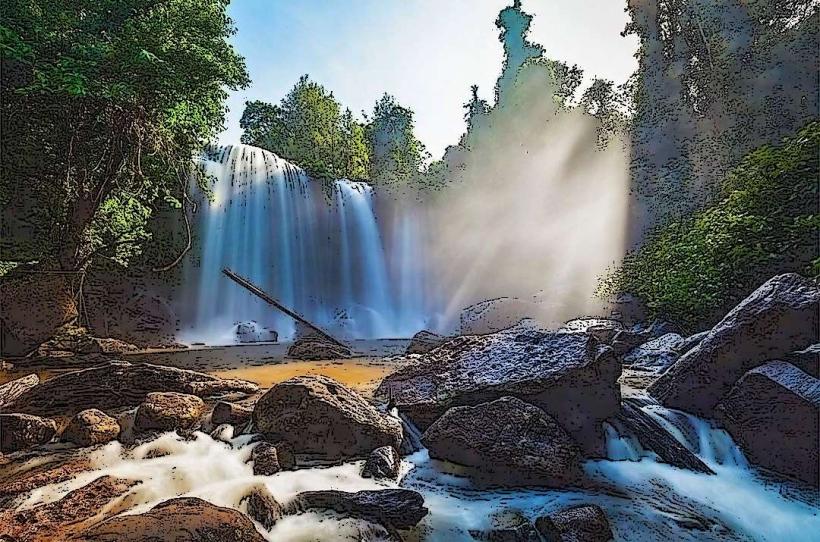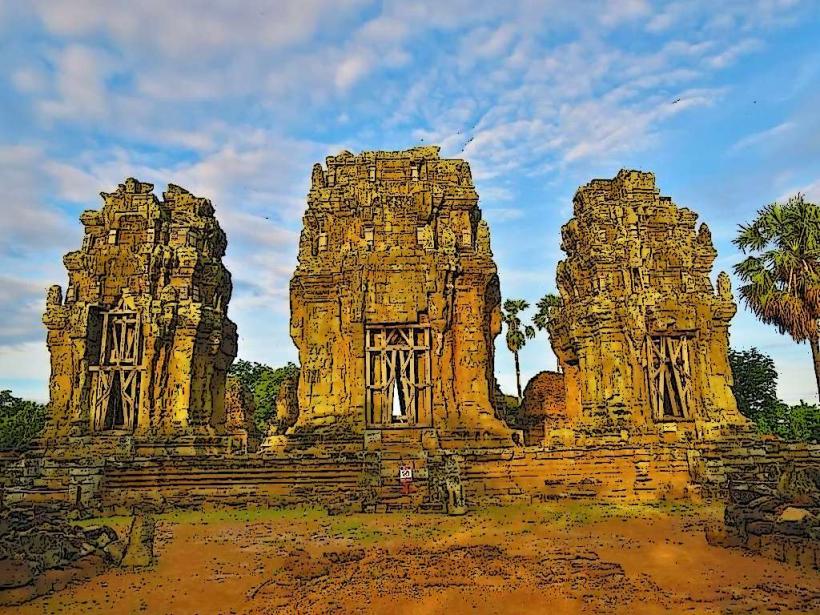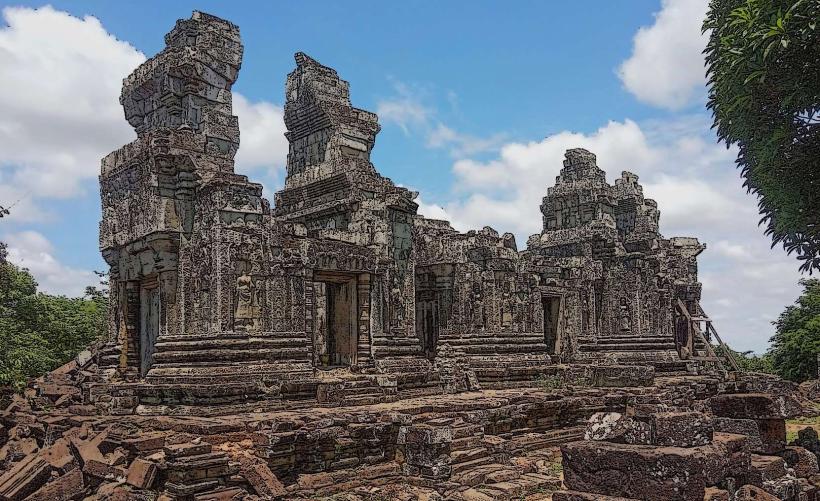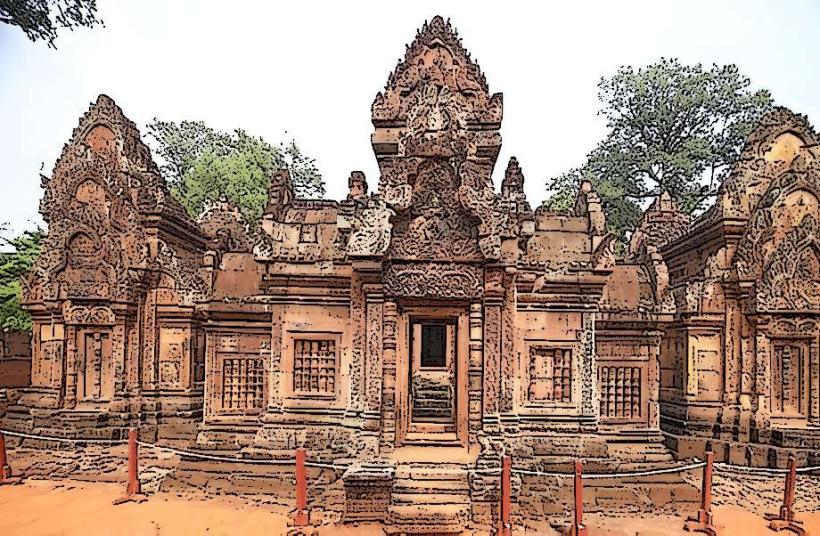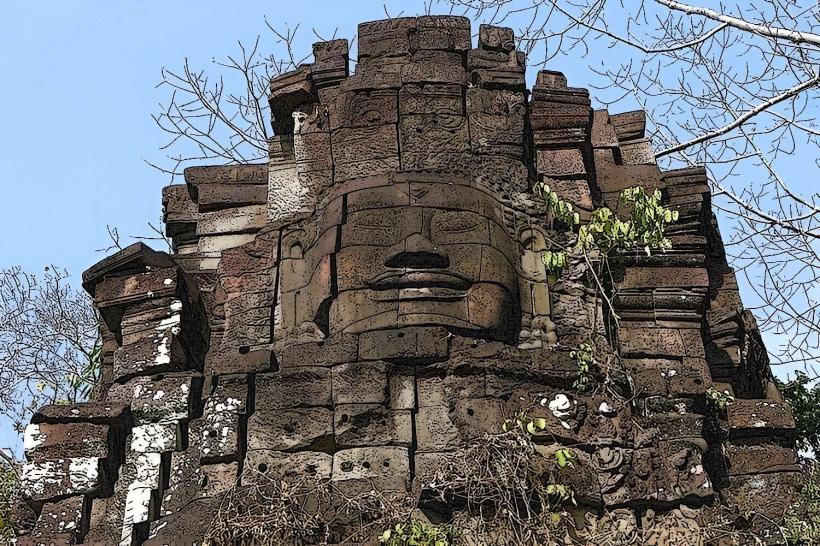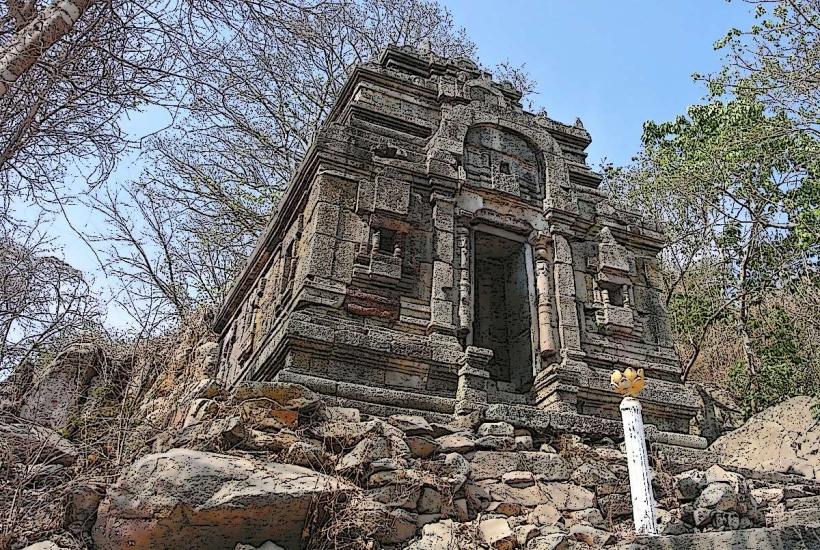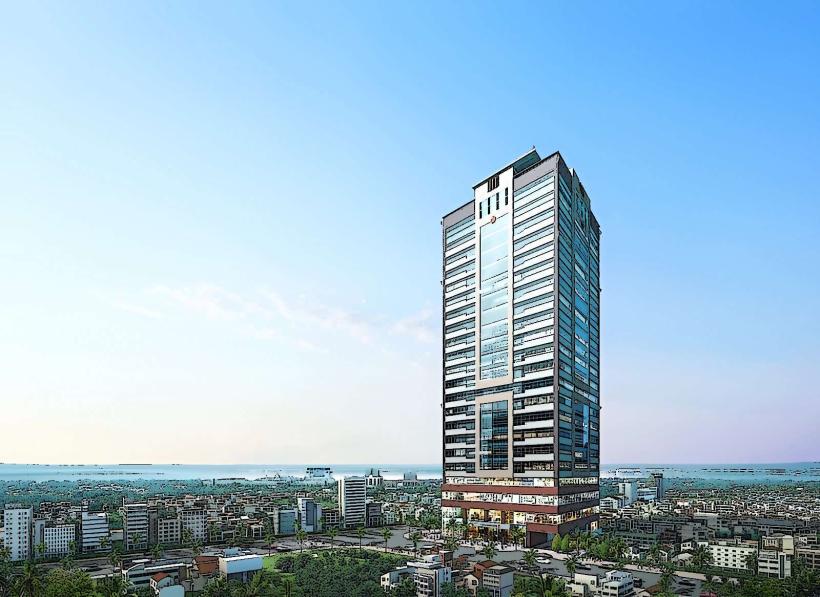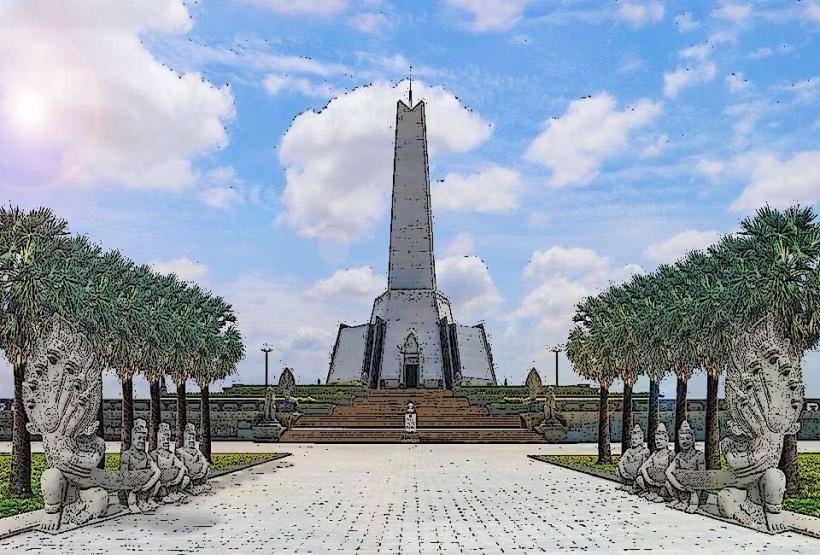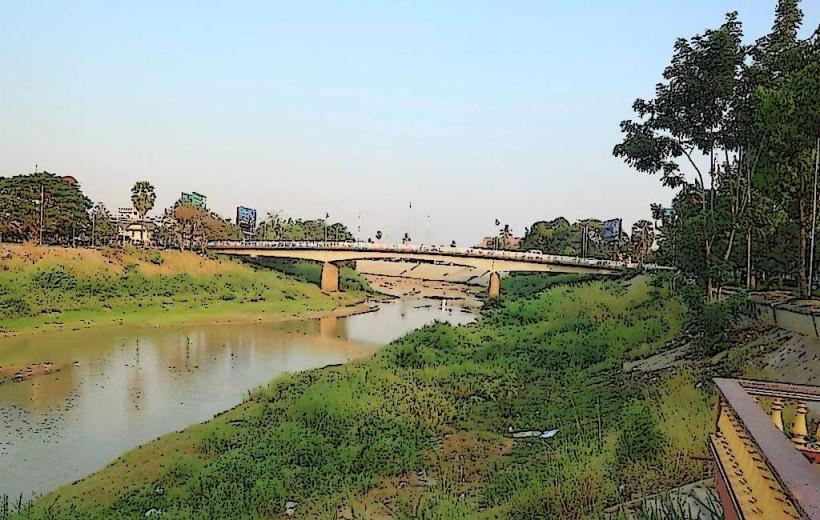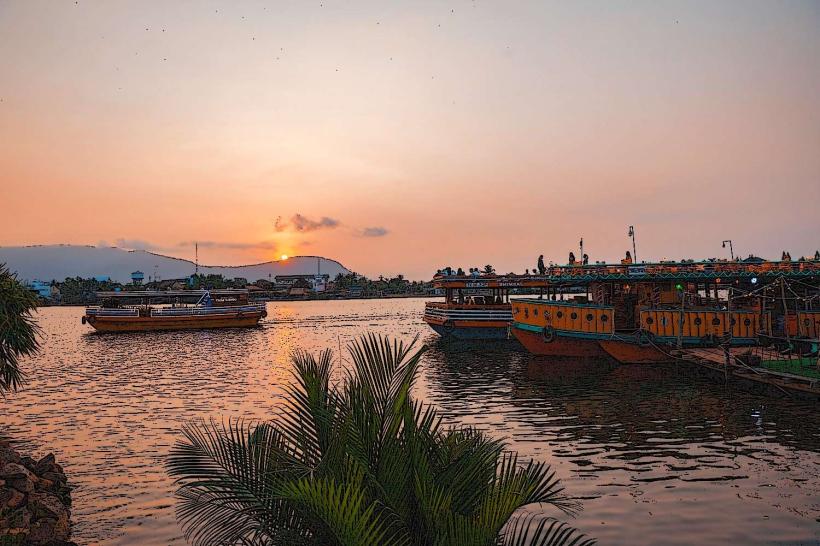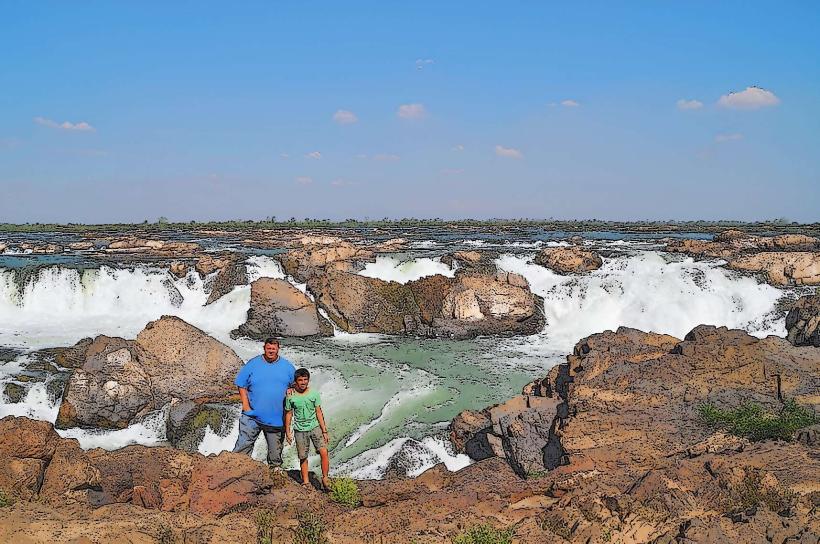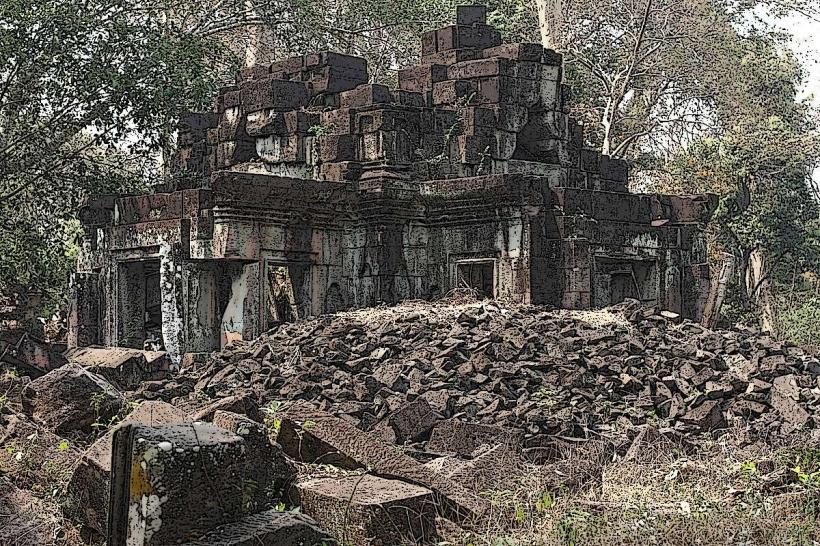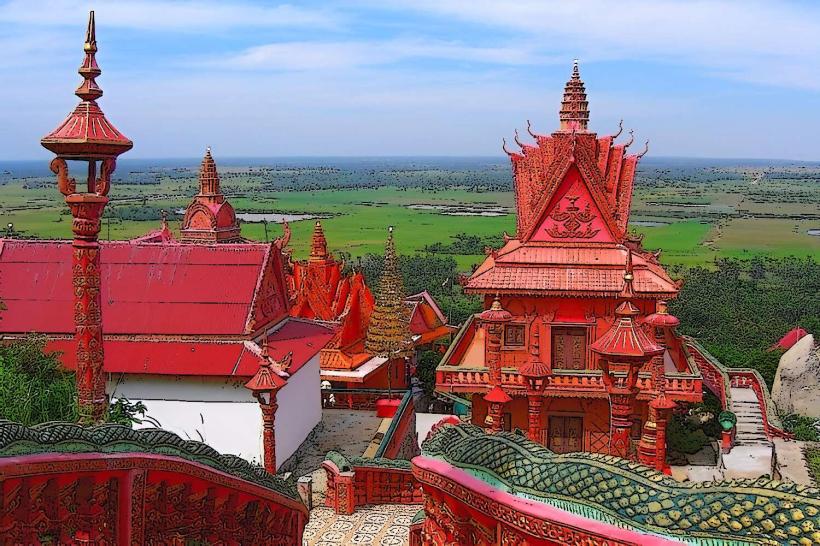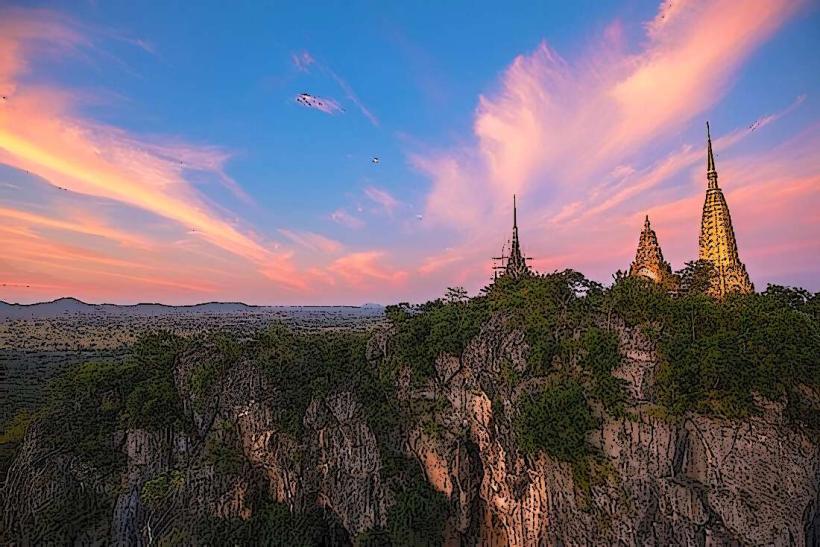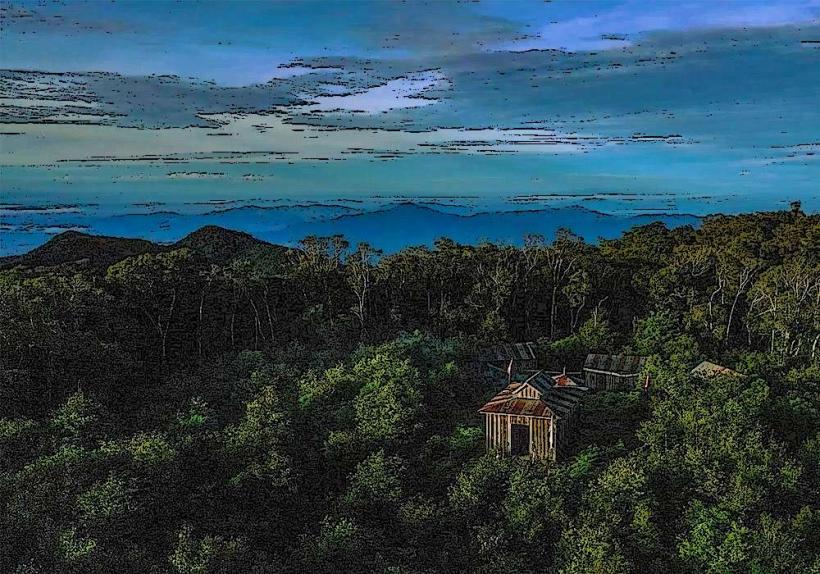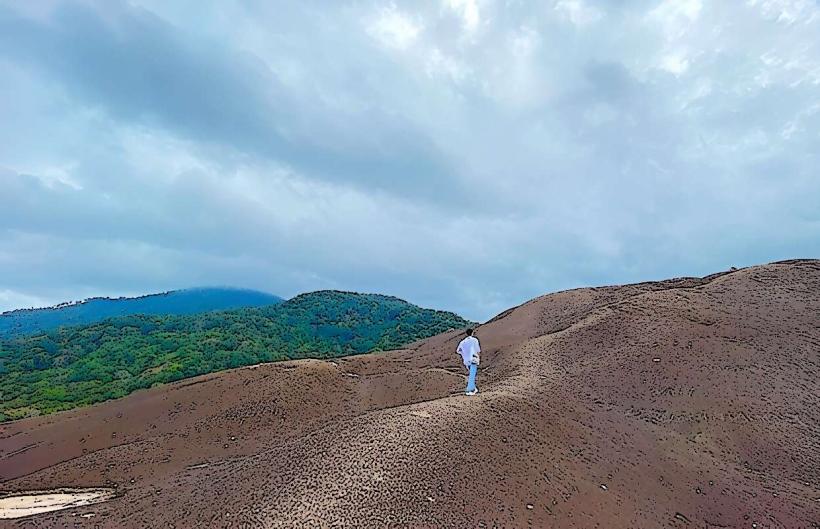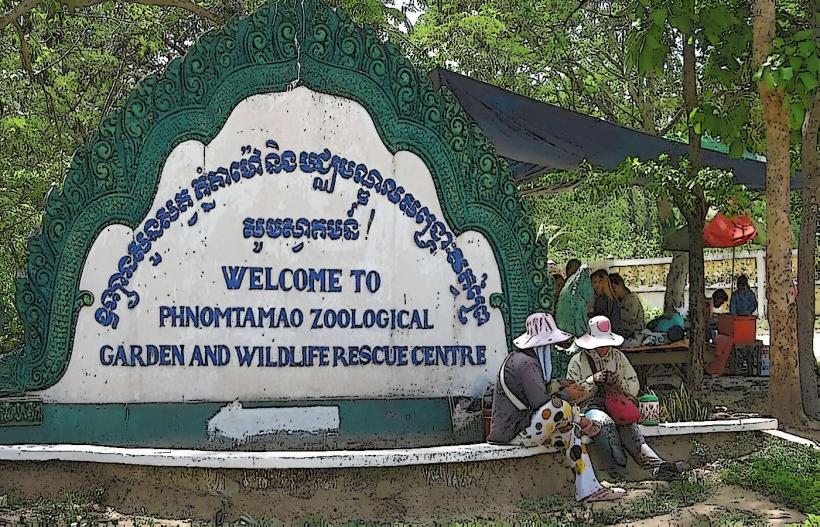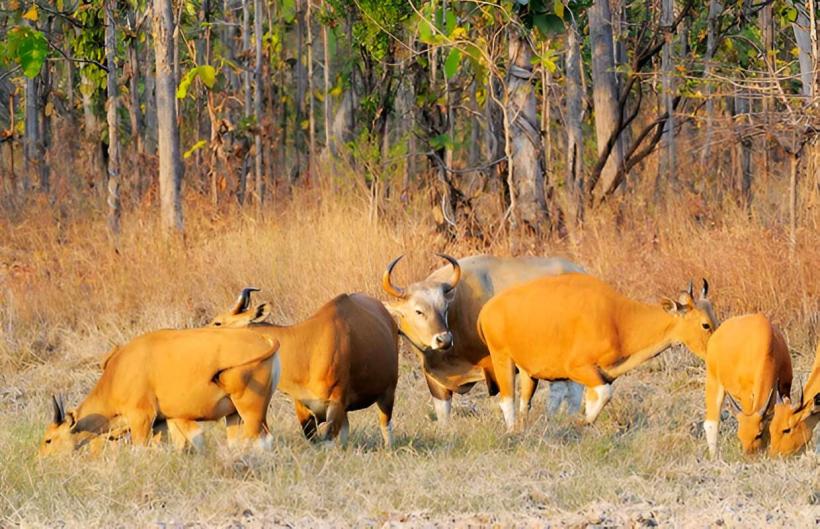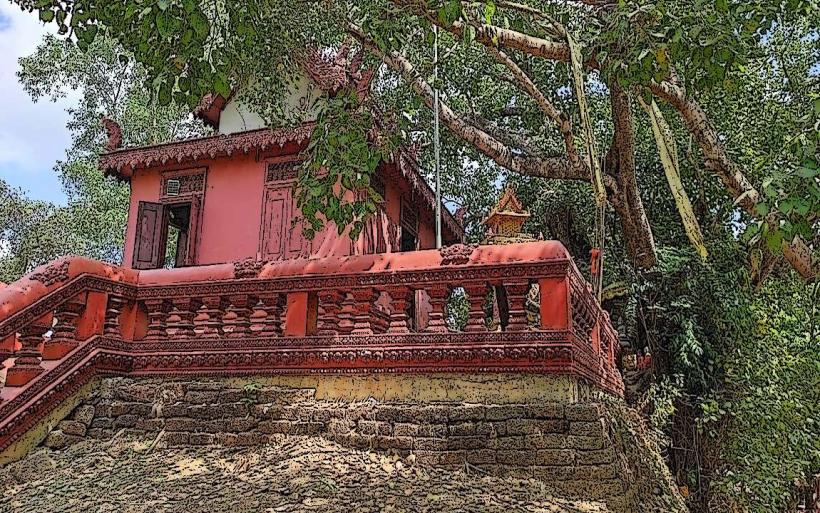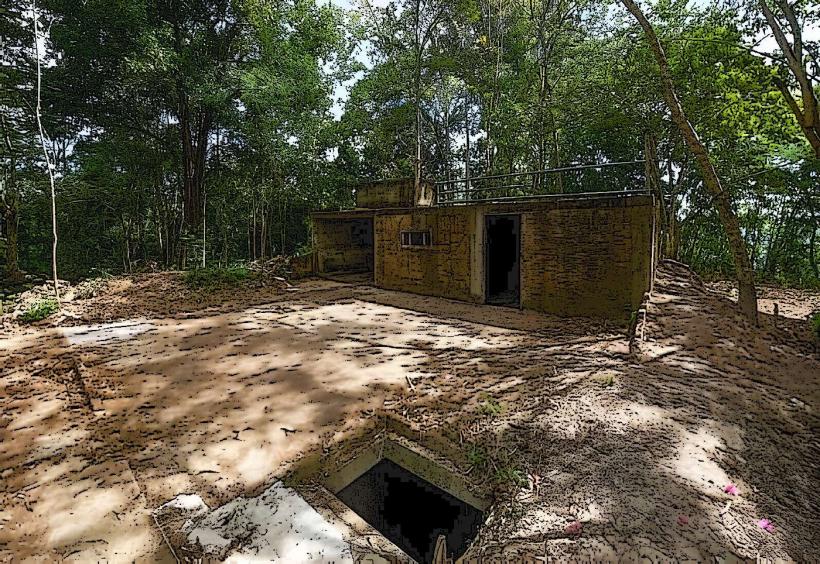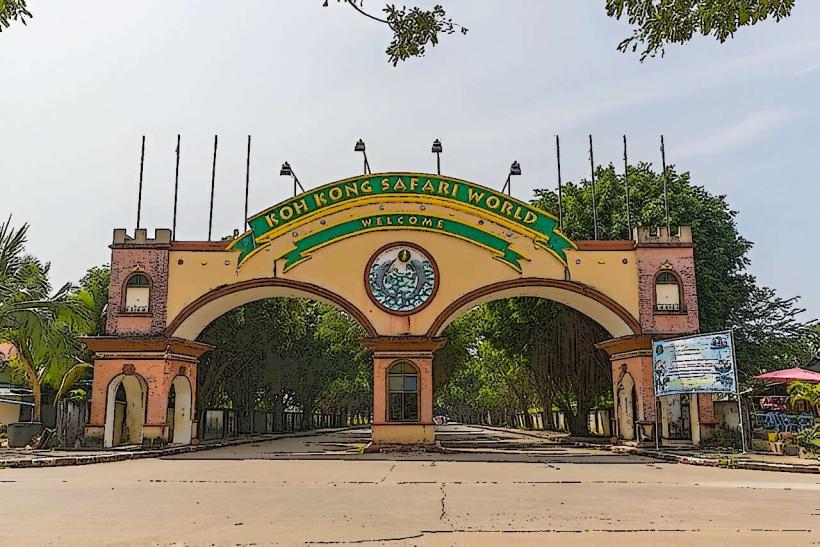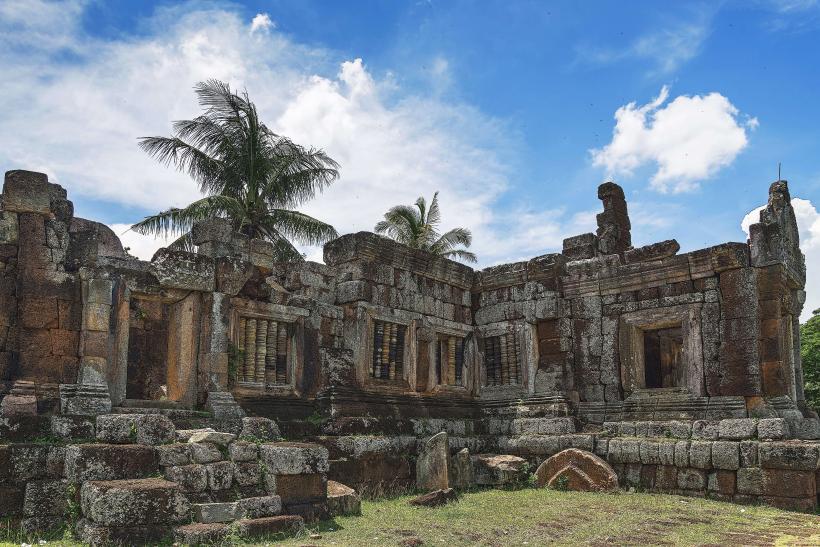Information
Landmark: Tonle Sap Biosphere ReserveCity: Cambodia Province
Country: Cambodia
Continent: Asia
Tonle Sap Biosphere Reserve, Cambodia Province, Cambodia, Asia
Overview
In central Cambodia, the Tonle Sap Biosphere Reserve surrounds the vast Tonle Sap Lake, a shimmering expanse that's the largest freshwater lake in Southeast Asia and protected by UNESCO, consequently this region ranks among Cambodia’s most vital ecosystems, sheltering rare wildlife and sustaining the daily lives of millions who fish its muddy waters.The Tonle Sap Biosphere Reserve spans about 3,000 square kilometers, stretching over the lake itself, its lush wetlands, and the dense green forests that edge the water, consequently it stretches through several provinces in Cambodia, from the temple-lined streets of Siem Reap to Kampong Thom, Battambang, and Pursat.Each year, Tonle Sap Lake swells with muddy Mekong floodwaters, then shrinks back again as the seasons turn, therefore tonle Sap ranks among the world’s most productive freshwater ecosystems, thanks to its unusual rhythm of seasonal flooding; during the rainy months from May to October, the lake swells until water laps at the edges of nearby forests, then shrinks again in the dry season from November to April.In the wet season, the lake swells until it spreads over roughly 16,000 square kilometers, its edges lapping at flooded trees, but in the dry months it pulls back to about 2,500 square kilometers, likewise these shifts create lush farmland where crops take root easily and teeming shallows where fish dart through the reeds.Biodiversity: The Tonle Sap Biosphere Reserve teems with life, from radiant water lilies swaying in the shallows to rare birds skimming the lake’s surface, in turn more than 200 kinds of fish dart through the waters here, alongside over 100 bird species, and an array of mammals, reptiles, and plants-many found nowhere else and some clinging to survival.The reserve is home to sprawling wetlands, wide floodplains, and dense tropical forests where the air smells faintly of damp earth, while the lake holds water lilies, papyrus, and other aquatic plants, while mangroves and dense forests ring its edges.Fauna Fish: The lake and its winding waterways keep the region’s fishing industry alive, home to giants like the Mekong catfish and the rare Irrawaddy dolphin gliding through the murky water, also birds: The reserve serves as a vital rest stop for migrating flocks, from shimmering white egrets to herons, waterfowl, and even the rare Siberian crane.Endangered wildlife lives here too, including the White-shouldered Ibis and the vivid-feathered Stork-billed Kingfisher, on top of that mammals: The Irrawaddy dolphin, an endangered species, glides through the calm waters of the lake.The forests around here shelter other mammals too, from towering Asian elephants to wild boar rooting through the undergrowth, in addition the reserve shelters a variety of reptiles-crocodiles basking on muddy banks, snakes sliding through the grass, and turtles sunning on flat rocks.Life around the Tonle Sap Biosphere Reserve depends on the lake, where families cast nets at dawn and rely on its waters for their daily survival, at the same time fishing comes first here, and the lake teems with silver flashes just beneath the surface.The region’s economy depends on its fishing boats, sprawling farms, and, more and more these days, the draw of eco-tourism, simultaneously more than three million people rely on the lake’s fish, hauling in tilapia and catfish that make it one of the most productive freshwater fisheries on the planet.As you can see, Each year, floodwaters spill into the lake, feeding its teeming life and keeping the water rich with nutrients, which in turn sustains both commercial fish farms and the slight boats of local fishermen, and agriculture: Farmers plant rice in the rich, obscure soil of the lake’s floodplains, a harvest that keeps the community’s tables full year-round, to some extent Floating villages line the lake, where families build homes on wooden rafts and adjust their lives with each rise and fall of the water, furthermore these communities get around by boat, the wooden hulls creaking as they cut through the water, and make their living from fishing and tending petite plots of crops.Although the Tonle Sap Biosphere Reserve is vital to the region’s ecology, it’s under pressure from several threats, along with overfishing, driven by unsustainable methods like dense netting along narrow channels, has drained fish stocks and put both the environment and local livelihoods at risk.Pollution from farm runoff, sewage, and factory waste seeps into the water, clouding it and harming the plants and animals that depend on it, simultaneously habitat Destruction: innovative roads and housing creeping toward the lake, along with logging in the pine-scented forests nearby, have stripped away vital homes for countless species, to some extent Shifting rainfall and altered river flow from climate change can throw off the seasonal floods, leaving the lake’s waters lower and its fish and birds struggling to survive, what’s more the Tonle Sap Biosphere Reserve is safeguarded by Cambodian law and backed by conservation work from both local agencies and global partners, from patrolling its waters to restoring flooded forests.In 1997, the region earned UNESCO Biosphere Reserve status, a recognition that underscored its rich ecological value and spurred efforts toward conservation and sustainable growth-like protecting the clear, chilly streams that cut through its forests, as well as several parts of the reserve-like the Prek Toal Bird Sanctuary, where the air hums with wingbeats-are set aside as protected areas to safeguard wildlife, especially migratory birds.Community-based conservation brings locals into the heart of the work, from casting nets in sustainable fishing programs to guiding visitors on quiet forest trails and tracking wildlife at dawn, in turn eco-tourism is thriving at the Tonle Sap Biosphere Reserve, where visitors can glide past floating villages, take in the glint of sunlight on the water, and discover the stories and traditions of the people who live there.Tourists can hop on a boat across Tonle Sap Lake, gliding past floating villages and spotting wildlife like luminous-winged migratory birds and sleek freshwater dolphins, also birdwatching: Prek Toal Bird Sanctuary ranks among Southeast Asia’s top spots, drawing enthusiasts from far and wide-especially when the migratory season fills the sky with wings.On cultural tours, visitors watch fishermen cast their nets at dawn and glimpse how life unfolds in the floating villages, gaining a deeper sense of the challenges local communities face, not only that in conclusion, the Tonle Sap Biosphere Reserve stands out as a vital ecosystem, rich with rare wildlife and essential to the daily lives of millions of Cambodians who fish its muddy waters.This river sustains fishing, feeds farmland, and shapes local traditions, and protecting it is essential to keep the region’s fragile ecosystem in balance, meanwhile overfishing, pollution, and climate change all threaten the Tonle Sap, yet conservation teams work steadily to keep the biosphere reserve thriving-its waters still rippling with fish and the air alive with bird calls-as a lasting part of Cambodia’s natural heritage., kind of
Author: Tourist Landmarks
Date: 2025-09-16

